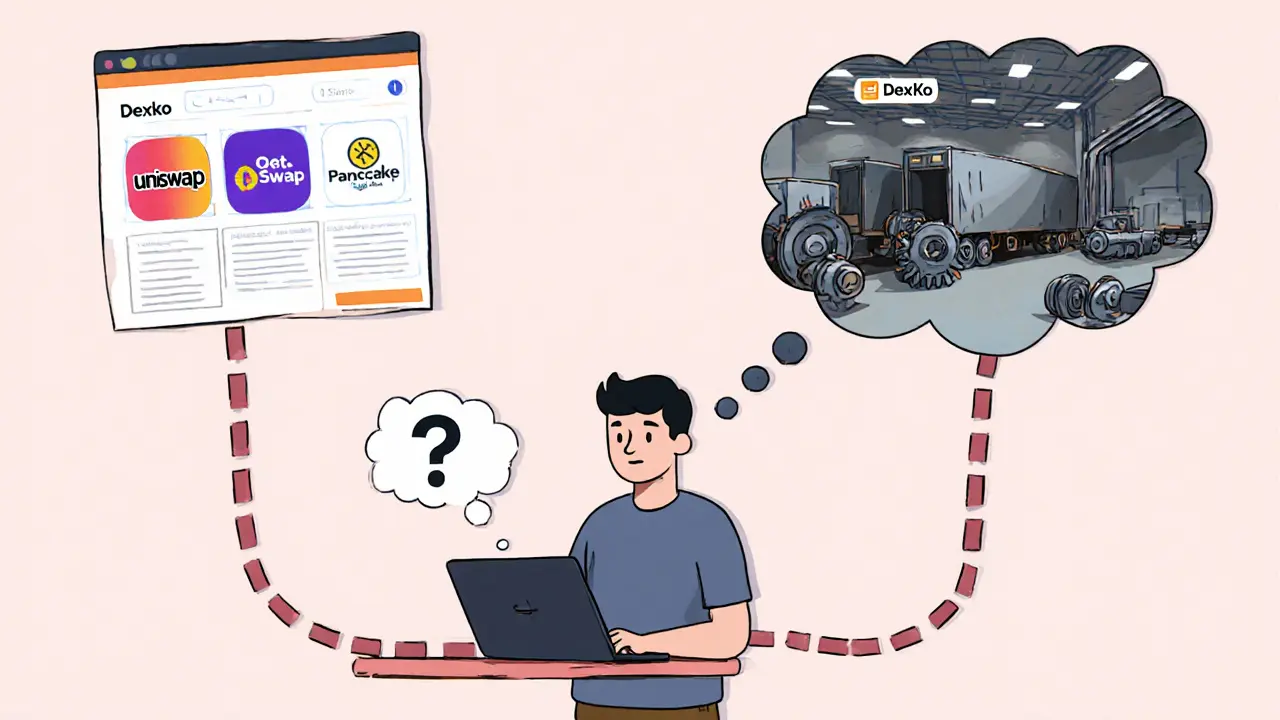DEX Exchange: What It Is, How It Works, and Why It Matters in Crypto
When you trade crypto on a DEX exchange, a decentralized platform that lets users trade directly without a middleman. Also known as a decentralized exchange, it runs on smart contracts instead of a company’s servers. This means no one controls your funds—you hold the keys, and trades happen peer-to-peer. That’s the big promise: freedom from banks, exchanges, and hacks. But not all DEXs are created equal. Some, like PancakeSwap V3 on Base, offer near-zero fees and deep liquidity. Others, like Zeddex, claim zero fees but have almost no traders, making trades impossible or dangerously slippage-heavy.
A DEX exchange doesn’t just swap tokens—it connects people through liquidity pools, smart contract-based reserves where users lock up crypto to enable trading. These pools are the engine behind every trade. If a pool has $10 million in ETH and USDC, you can swap large amounts smoothly. If it has $50,000, your trade might move the price by 20%. That’s why some DEXs thrive and others die. It’s not about branding—it’s about capital. The best DEXs attract real users, not just hype. That’s why Verse, backed by Bitcoin.com, is shifting from centralized listings to pure DeFi: it’s betting on long-term trust, not short-term traffic.
Behind every DEX exchange is a web of related tools and risks. You need DeFi, a system of open financial apps built on blockchains like Ethereum and BSC to use them. You need wallets like MetaMask. You need to understand slippage, impermanent loss, and gas fees. And you need to spot scams. Many fake DEXs—like Darkex or KCCPAD—look real but vanish after a few weeks. They don’t have audits, user reviews, or liquidity. They’re just code with a marketing page. The posts below show you exactly what to look for: real performance data, actual trading volume, and whether the team is even active. Some DEXs are revolutionizing how we trade. Others are just gambling chips with a blockchain label. You’ll find both here.
What you’ll find in the posts below isn’t just reviews—it’s a map. You’ll see how PancakeSwap V3 uses concentrated liquidity to beat Uniswap. You’ll learn why Verse ditched centralized listings to go fully decentralized. You’ll see how Zeddex and Darkex failed because they ignored the basics: trust, liquidity, and transparency. You’ll even see how people in Pakistan and Cuba use DEXs to survive when banks won’t help. This isn’t theory. It’s what’s happening right now. And if you’re trading crypto without understanding DEXes, you’re flying blind.
Dexko Crypto Exchange Review: Why It Doesn't Exist and What You Might Actually Be Looking For
Dexko is not a crypto exchange - it's a trailer parts manufacturer. Learn why people confuse it with DEX platforms, how scammers exploit this mix-up, and which real decentralized exchanges you should use instead.
Details +